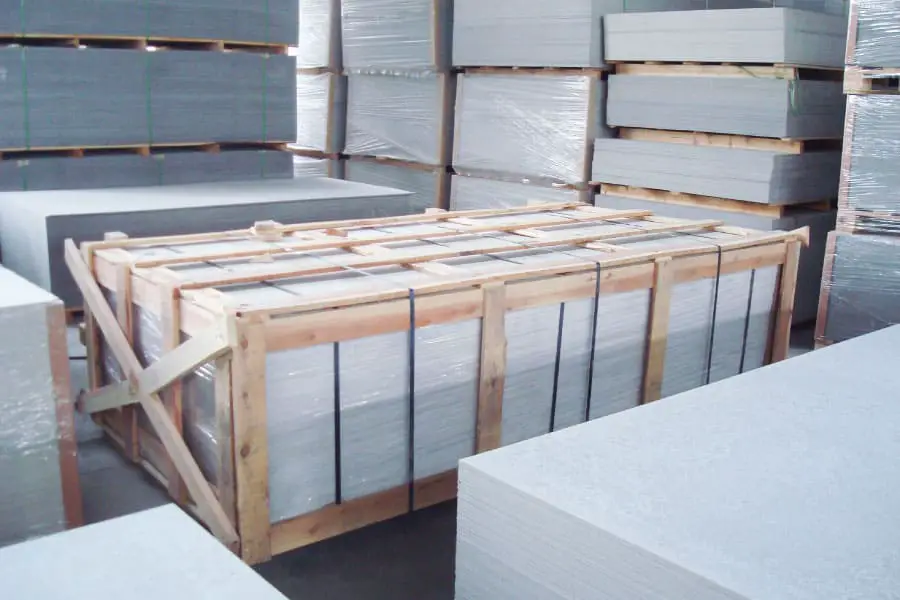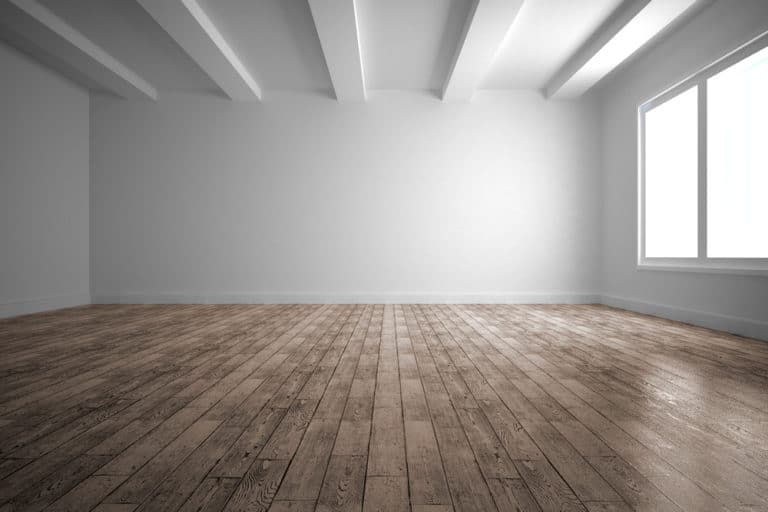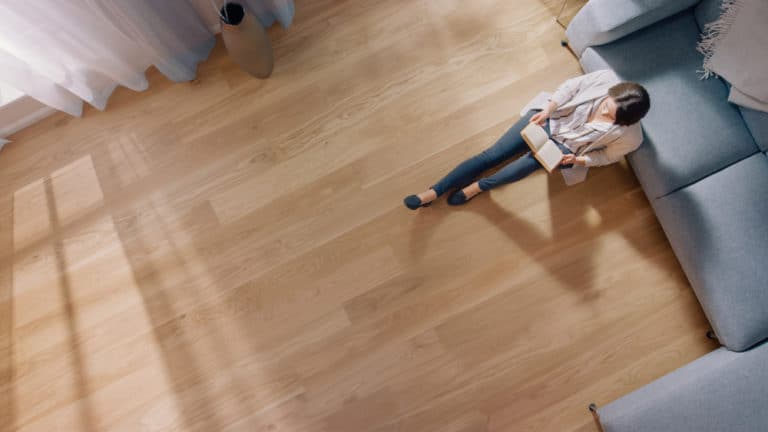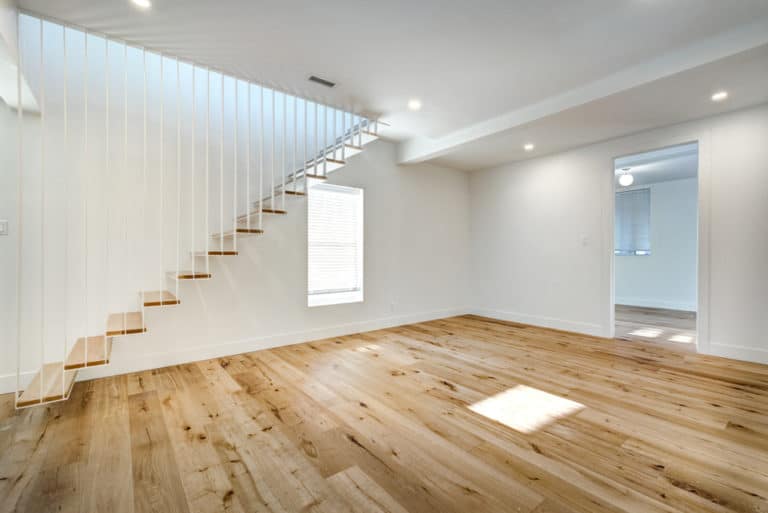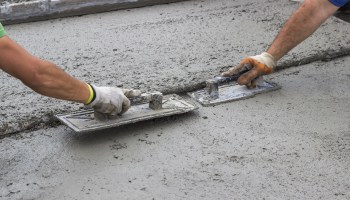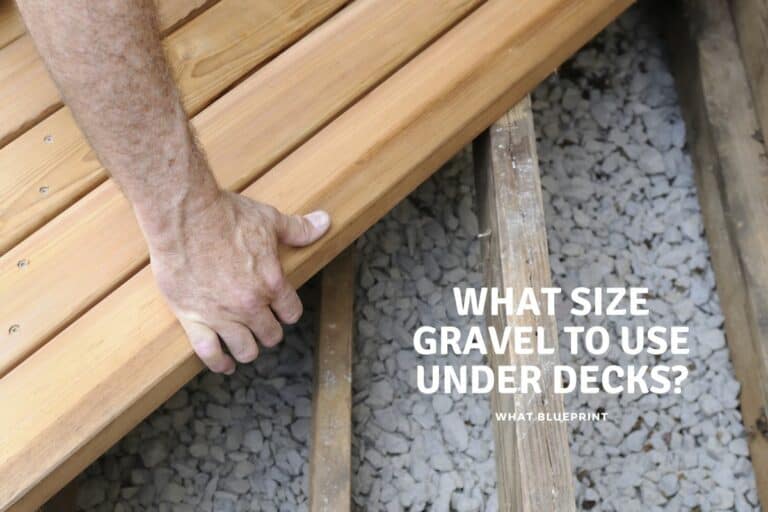Can Concrete Board Be Used Outside?
Cement boards are used to help support finishes. In general, boards provide a guaranteed flat surface on the wall/floor that allows the installation of finishes such as tile or stucco to be executed easily. Cement boards can also be referred to as Cement Sidings.
The question now is if cement boards are appropriate for supporting finishes that will be outside the house.
Concrete boards can definitely be used outside. In fact, it is highly recommended that you use cement boards as a support for your tile finish. Cement boards are extremely durable compared to other board types, and they provide numerous benefits that can work well in an outdoor environment.
In this article, we’ll be going into cement boards. The topics that we’ll be tackling will range from what cement boards are to how you can install cement boards for outdoor use. Read on if you plan to do a renovation that will require you to use cement boards or just look for alternative options.
What is a cement board?
Before anything else, it should be understood that cement is actually a binder that holds construction materials together. An example of this would be creating concrete,, which contains cement, aggregate, and water. The cement is actually what allows the water and aggregate to harden into the concrete.
For a cement board, the cement is mixed in with fibers(the material of which varies) to form sheets. These sheets are usually thin enough for fasteners to be used with nails, screws, bolts, etc.
Cement boards are then attached to walls, and finishes are attached to the cement boards. Cement boards, and boards in general, offer that extra layer of protection and support
When to use cement board
Cement boards have properties that allow them to do things that other more common boards can achieve, like gypsum.
The big difference between Cement boards and other boards is its resilience and sturdiness. Cement boards are capable of handling weathering and moisture without experiencing any decay.
This makes cement boards actually ideal for outside projects and spaces that experience a lot of moisture or temperature changes.
For example, a kitchen has a lot of fire hazards within that space. Since cement boards have a very high fire rating and moisture-resistant, it would be the ideal reinforcement to make sure that other parts of your house are protected from these factors.
Disadvantages of cement board
Here is a list of the main disadvantages of using cement boards in your renovation/ construction project.
- Cement boards are heavy.
Compared to other materials and construction objects that provide the same function that cement boards do, cement boards are extremely heavy. This may also affect the building’s structural component if used repeatedly, as the weight of cement boards can almost be compared to that of a non-load-bearing wall.
- Cement boards are harder to work with
Cement boards are already heavy, but aside from that, they are also hard to work with due to how durable they are. The cement boards’ weight already makes it difficult to install and adjust the cement boards to ensure that they fit properly is also difficult.
This is because of how hard the material is. It will require heavy-duty tools to work with compared to other boards, which can be modified with just a regular handsaw.
- Cement boards are relatively expensive
Cement boards are difficult to manufacture. This makes them more expensive than other board types and, of course, will add a lot more to the project’s expenses.
Notice that all these disadvantages are only at the initial stage, which is construction. However, once you have a properly installed cement board on your exterior walls, it is extremely durable.
Remember that using these types of materials can be considered an investment for your house since they offer more protection and require less maintenance compared to cheaper and more convenient materials in the short term.
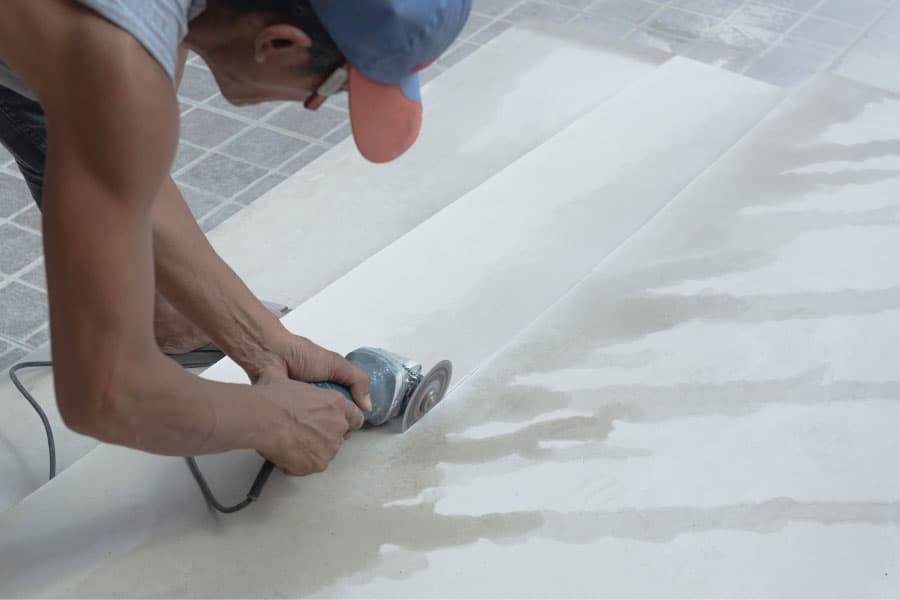
Installing cement board
Here is a brief and general DIY guide to installing cement boards. Note that you should always do more research and always try to find instructions that are more suited to your specific needs. Remember that construction is affected by many different factors and will require different interventions depending on the environment and the client’s preferences.
- You should consider that most if not all materials used in construction projects follow a standardized set of measurements. Standardization allows construction managers and workers an easier time to work as having standards in measurements and designing will entail that everything should fit together well.
- Although cement boards won’t be seen once the construction is finished, the proper installation is integral to ensure that their finishes will be clean and even.
- Cement boards are usually installed using fasteners, which could be either nails or screws. This, of course, depends on the type of wall that you have. Boards are usually only used for stud walls.
- The cement boards are nailed to the studs. Make sure that you plan out first how the cement boards will be properly in place. Since everything is standardized, you can easily plan accordingly how the arrangement should be and the modifications you have to fill in any extra gaps.
- There should always be small gaps left over between boards. It’s better to have multiple small gaps than to leave one big gap on the side of the wall.
- After installing all the boards, the next step would be to caulk any left over gaps from fastening. The caulk that you use should depend on the environment that the wall will be experiencing (from moisture to extreme temperatures).
- Once the caulk has set, you can now apply mortar to the wall to install the finishes. Note that it’s important to plan out how you will be installing things.
If you’re unsure or not confident with your DIY skills, it’s always recommended to hire a handyman to do the job. Although it might cost a bit more, it’s an assurance, everything will go smoothly, and you will end up with a nice finish reinforced by cement boards.
Note on installing finishes
Installing finishes involves carefully measuring each finish that will be used compared to the area that you need to install finishes over.
Although everything is standardized, there is no such thing as a building that is perfectly constructed. There may be some parts that are bigger or smaller than the plans by a few inches. It’s important to measure things as-built; this means taking a tape measure and taking the individual measurements.
Conclusion
In conclusion, cement boards are just like any other finish or material. It’s not a question if it’s possible or if you can; it’s more of a question if it’s the most efficient material to use for that purpose.
Although expensive and difficult to work with, Cement boards provide a different type of utility that will help your house a lot, especially for parts of your house that will experience extreme weathering.

